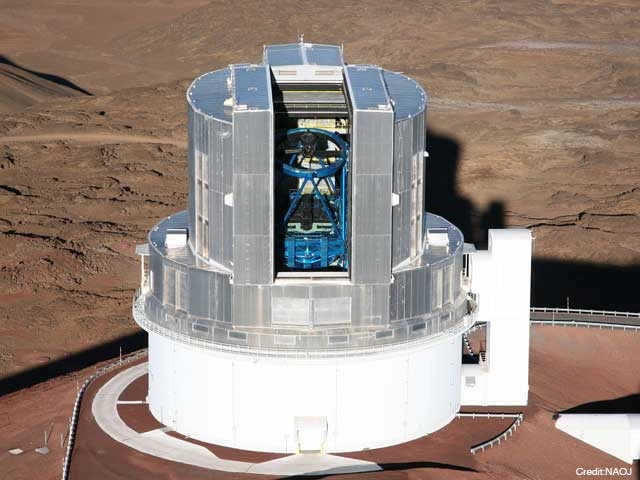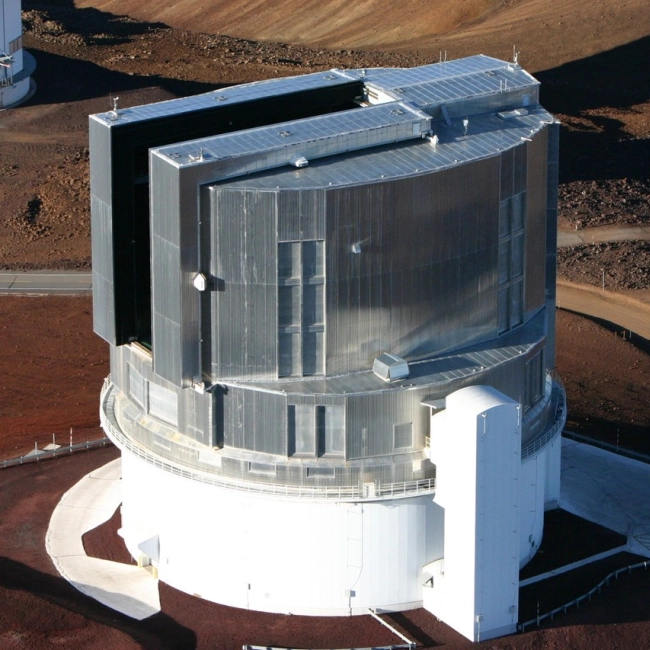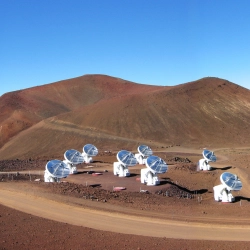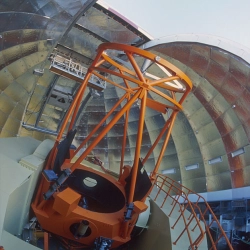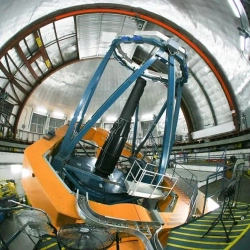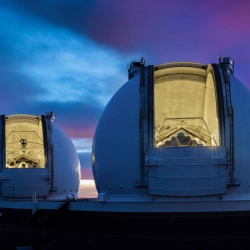Subaru Telescope
Mauna Kea Access Road, Mauna Kea,, Hawai (HI 96720)
United States
The Maunakea Observatories Complex is a group of world-class telescopes located near the summit of Maunakea volcano in Hawaii. Thanks to its ideal conditions for astronomy, it hosts facilities from various countries and is one of the most important observation centers in the world.
Descripción
The Subaru Telescope is an optical and infrared telescope with an 8.2-meter diameter mirror located at the summit of Mauna Kea, Hawaii. Operated by the National Astronomical Observatory of Japan (NAOJ), this telescope is one of the most advanced in the world and plays a crucial role in exploring distant cosmic phenomena and obtaining high-resolution images of the universe. Its name comes from the Japanese "Subaru", which refers to the Pleiades or "Seven Sisters" constellation in Japanese mythology.
Thanks to its large primary mirror and ability to observe both visible and infrared wavelengths, the Subaru Telescope has made significant contributions to astronomy. It has provided data on distant galaxies, star formation, and black hole evolution. It has also been essential in studying dark matter, supernovae, and exoplanets in distant solar systems, helping to better understand how planetary systems form and evolve.
The Subaru Telescope's location at the summit of Mauna Kea, over 4,000 meters above sea level, allows it to avoid light pollution and take advantage of exceptional atmospheric conditions for astronomical observation. Mauna Kea is one of the most privileged places on Earth for astronomy due to its clear skies, low humidity, and rarefied atmosphere, enabling sharper and more detailed images.
The telescope is used by scientists from around the world, and its suite of advanced instruments allows for high-precision observations across a variety of wavelengths. With its ability to observe extremely distant objects, the Subaru Telescope remains a key tool in the quest to answer fundamental questions about the origin and evolution of the universe.
Datos técnicos del telescopio
- Optical System Type: Other
- Mount Type: Equatorial Mount
- Mount Movement Type: Computerized Mount


